News
Shifting global consumer sentiment drives non-plastic packaging innovation
24 Apr 2024Consumer attitudes towards packaging are rapidly changing around the world, causing brands to respond with increasing claims of ‘eco-friendly packaging’.
Between December 2018 and November 2023, market intelligence agency Mintel found that the proportion of new food, drink, beauty & personal care, and household products with such a claim nearly doubled from 15% to 27%.
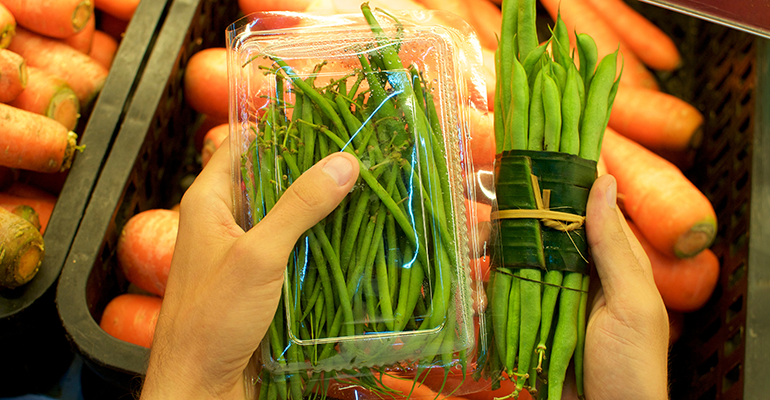
Driven by shifting consumer sentiment and a growing suite of environmental regulations, novel, non-plastic productions are clearly emerging as increasingly serious food and beverage packaging options. UK-based startup Xampla, which uses natural biopolymers to produce coatings, capsules, and films, is one example of a plastic alternative producer receiving a capital injection recently. The company raised €6.4 million in funding in January 2024 to expand the application of its brand Morro, which is already used by beverage retailer Britvic and meal-kit retailer Gousto.
But with plastic remaining cheap and easy to produce, consumer willingness to adopt unfamiliar alternatives – even if they might be more expensive or less convenient – will be a key factor in maintaining the momentum for more sustainable options.
Growing awareness of environmental impact
The good news is that consumer research shows shoppers are thinking more about the sustainability of packaging materials. Changing preferences clearly point to a rising demand for plastic alternatives and sustainable packaging and growing awareness of the environmental impact of different materials.
According to Mintel, only 15% and 19% of Thai consumers associate plastic pouches and plastic bottles as “environmentally friendly” – scoring much lower than any other packaging material. A 2022 McKinsey survey looking at US consumer views on sustainability in packaging found that more than half of consumers (52%) would buy products with more sustainable packaging “if those products didn’t cost more than conventionally packaged ones”. The survey also indicated consumer demand for more recyclable plastic packaging material and more fibre- and paper-based alternatives to plastic packaging.
Alternatives can be confusing
However, digging deeper reveals more complexity in terms of consumer attitudes, knowledge, and willingness to take packaging into account when making purchasing decisions. Mintel found that nearly two out of every five (39%) US food and beverage shoppers think brands should be responsible for the sustainability of their products, while only one out of every four shoppers (26%) would pay more for a more sustainable product.
The McKinsey study also found that 43% of US consumers found the environmental impact of product packaging “extremely or very important” – but this ranked as the least important factor behind food safety, ease of use, shelf life, durability, and appearance.
A 2020 Copenhagen Business School systematic review of consumer responses to environmentally-friendly food packaging also registered positive attitudes towards sustainable packaging, but identified a number of crucial challenges in terms of translating attitudes into effective behavioural change.
Firstly, an unfamiliarity with alternatives to plastics other than paper or glass and a lack of knowledge regarding key terms and labels – resulting in consumer perceptions that are misaligned with the actual environmental friendliness of packaging.
Secondly, the study aligned with other findings about packaging remaining less important that other product attributes such as price, functionality, appearance, and safety. Finally, there is a lot of variation within different consumer groups, with age, gender, and other consumer preferences significantly affecting consumers’ reactions to novel packaging options.
To replace plastic, novel packaging solutions need to address the relatively high costs of production and ensure that their product is as durable, safe, and hygienic as plastic – and they need to make sure that consumer perceptions are aligned with reality.
Related news
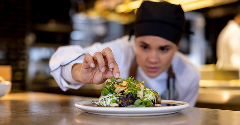
The eight global food trends shaping the future of dining
23 Apr 2024
Unilever’s Future Menu Trend 2024 report identifies the global food trends shaping the food service industry, providing insights into changing consumer preferences that could provide inspiration for packaged food and drink brands.
Read more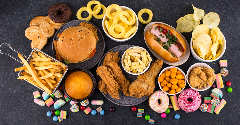
Ultra-processed foods are the top concern among US consumers, study reveals
15 Apr 2024
New data from HealthFocus International shows that ultra-processed foods (UPFs) are the number one food concern for US consumers, ahead of saturated fats and sugar.
Read more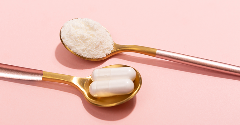
Spike in demand for collagen peptide driven by growing body of research
11 Apr 2024
Collagen peptide has become one of the leading beauty from within ingredients in recent years, underlined by its growing inclusion in a significant number of new supplement and functional food launches.
Read more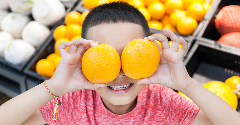
‘Miffy eats the rainbow’: Tips to market fruit and vegetables to kids
25 Mar 2024
Using a playful and colourful approach with storytelling can encourage children to try new varieties of fruit and vegetables, according to an ongoing Wageningen University study called ‘Miffy eats the rainbow’.
Read more
India’s mithai market develops new ingredient and flavour profiles
18 Mar 2024
Mithai is a hugely popular dessert and sweet snack in India and manufacturers are experimenting with unique ingredients, new flavour combinations, and healthier versions to capture new audiences.
Read more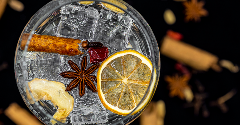
As Gen Z shies away from alcoholic drinks exotic flavours are the big draw
11 Mar 2024
With Gen Z drinkers proving to be the driving force behind the sober curious movement, we spoke to Bax Botanics, an artisanal distiller of zero-alcohol botanical beverages, to find out what appeals to its younger drinkers.
Read more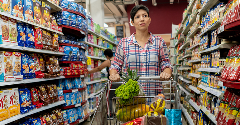
Trust, comfort, convenience, and reframing ageing dominate in the US
8 Mar 2024
Clear communication, comfort choices, optimising eating occasions, and changing how we think about ageing are among North America’s top food and drink trends in 2024.
Read more
Generation X consumers lean into vitamin-based products
5 Mar 2024
Aged between 44 and 60, Gen X consumers want agency over their health and wellness and are adopting a preventative approach using vitamins and supplements to promote healthy ageing.
Read more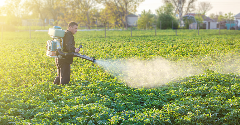
Pesticide residues in conventional baby food: A boost for organic?
29 Feb 2024
Nearly four in 10 (38%) of conventional US baby food products contain pesticide residues, according to research that also found that the organic samples were pesticide-free. Could this be an opportunity for organic or ‘pesticide-free’ produce?
Read more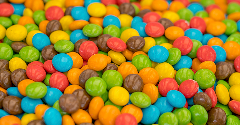
Reviving childhood favourites: Healthier twists on classic snacks
20 Feb 2024
Consumers are increasingly leaning on brands for comfort and familiarity - a trend US-based brand Justin’s is tapping into. With its recent launch of Chocolate Candy Pieces, Justin’s is drawing on nostalgic marketing trends, while incorporating better-...
Read more